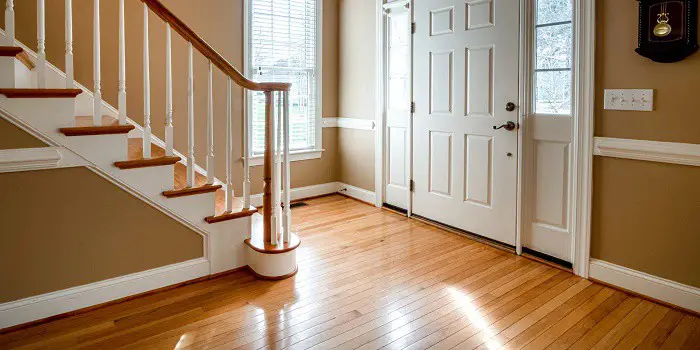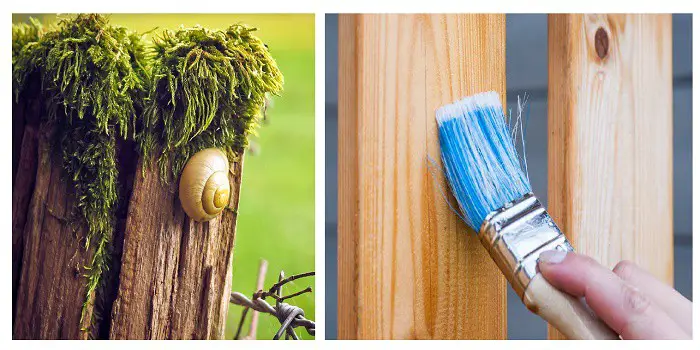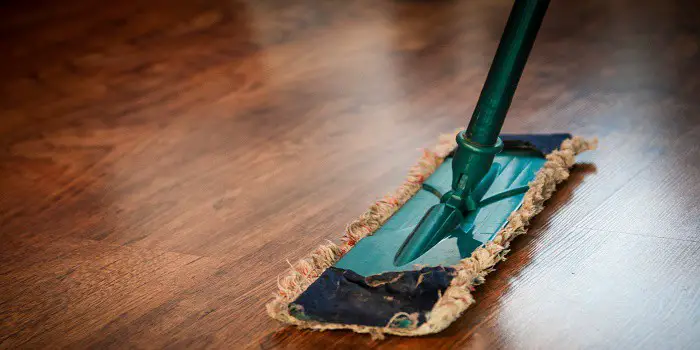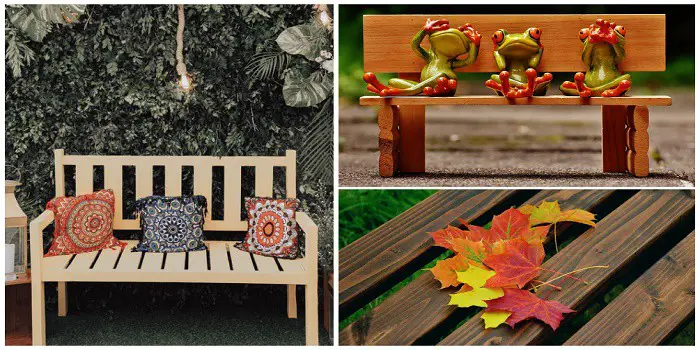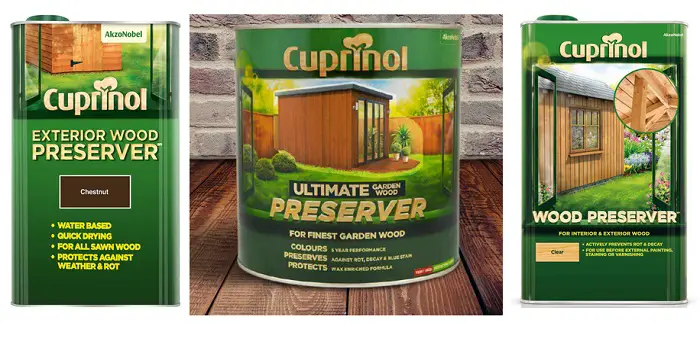
Cuprinol wood preserver is a colorless clear product that allows you to protect your outdoor wood furniture and structures like sheds, fences, and others from the external elements.
Providing deep penetrating protection also prevents the wood from decaying and getting attacked by molds, fungi, and insects.
Not to mention, these wood preservatives also help in making your wood structures shine beautifully.
How to Apply Clear Cuprinol?
Applying Cuprinol wood preserver clear is simple and can be done in the following steps.
Step 1 – Clean
Before the Cuprinol application, make sure you clean the surface to get rid of any dirt, grime, algae, lichen, or fungi.
Depending on how dirty the wood surface is, you may need to use a good fungicidal wash to get the job done.
Step 2 – Sand
If the wood surface is already painted, stained, or varnished, sand the surface to strip all of it.
You will require clean, dry, and bare wood to apply the Cuprinol treatment successfully and achieve desired results.
Step 3 – Apply
With a paintbrush, apply Cuprinol wood preserver evenly to the wood surface.
Typically, you will need 1L of Cuprinol wood preserver to cover up to 5m² of the area with 2 coats.
However, depending on the application method and surface, coverage may vary significantly.
Allow the first coat to soak in and dry to touch for 3-5 hours.
Then apply a second coat with a brush.
Let the preserver sit and dry completely for at least 16 hours.
Depending on the wood type and weather conditions, drying times can vary.
Warning:
Cuprinol wood preserver is not meant to treat and protect the wood that is in contact with the ground.
The part of wood posts, fencing, or poles that lies underground should especially be pressure treated to prevent damage.
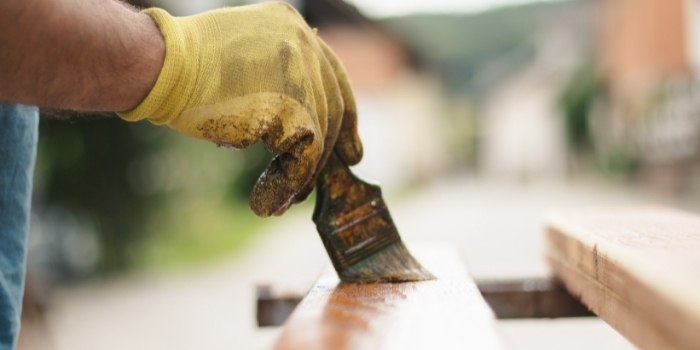
Can You Paint Over Wood Preserver?
Wood preservatives (also called wood preservers) are products specifically designed for controlling wood degradation problems caused due to fungal rot, decay, sap stain, molds, or wood-boring insects.
The reason why many homeowners prefer to use clear wood preservers such as Cuprinol and Ronseal as a basecoat (before painting, staining, or varnishing the wood) is they actively work to prevent wood rotting and decaying problems both indoors and outdoors.
The only drawback with wood preservers is it’s hard to change the color of wood once the paint or stain has been applied.
If, however, you prefer to paint over wood preservers (like Cuprinol, Ronseal, or others), check whether the preserver you have in place contains any wax or not.
If it does have some wax, the wax in the preserver will not accept the paint well and will tend to repel it.
But if the preserver is ‘wax free’ and has completely dried, most likely, you should be able to paint over it.
Just be sure that you may notice some color differences because of the wood preservative layer.
How to Paint if There is Wax in Preservative?
There are a wide variety of wood preservers in the market that comes from well-known brands such as Cuprinol, Ronseal, Rustins, Roxil, Sikagard, and many others.
If you have already finished and applied the preservative to your outdoor wood furniture and want to change the color later, you need to first check what sort of treatment you have applied and from which brand.
Read about the product online to see what it is made up of and whether it contains wax, oil, or silicon.
Since exterior wood paints will not adhere well to solvent-based preservers, you will need to scrub the preserver before you can apply the paint over it.
Dampen a piece of clean white absorbent cloth with methylated spirits or mineral spirits. Place over the area for a few minutes to soak the wax and then scrub the area.
Once you have removed the solvent-based wood preserver, you can now paint over it with the type of paint you want.
Final Thoughts
Cuprinol preserver is a kind of protective translucent paint rather than a wood stain.
Plus, it’s a water-based product, which means if there is any oil or wax remaining from previous treatments, it will tend to repel the water.
You can paint over the previous coat, provided the old paint is in sound condition, and the surface is clean and dry.
But if you are trying to stain over it, you wouldn’t have much luck in doing that.

Hi, I am Mark Garner a professional carpenter, woodworker, and DIY painter. I live in the small city of Peoria, Arizona as a semi-retired woodworker. I have started this blog with a simple motive to help you with my wood experience in this sector. If you like to know more about what I love doing and how it all got started, you can check more about me here.

